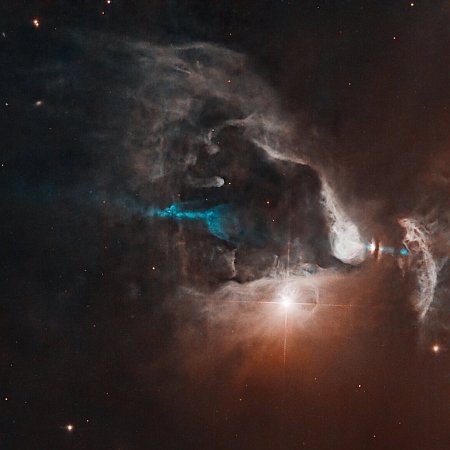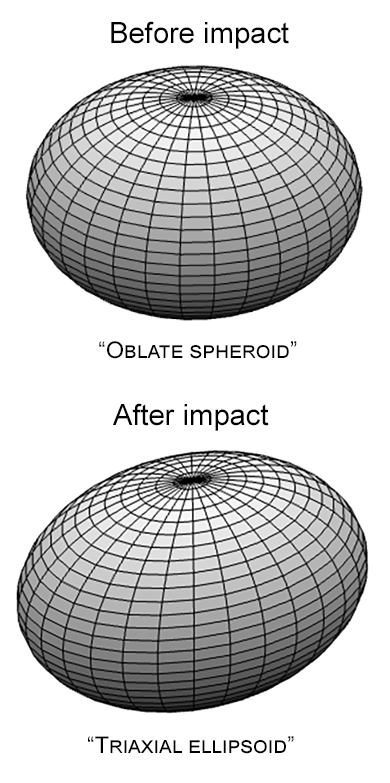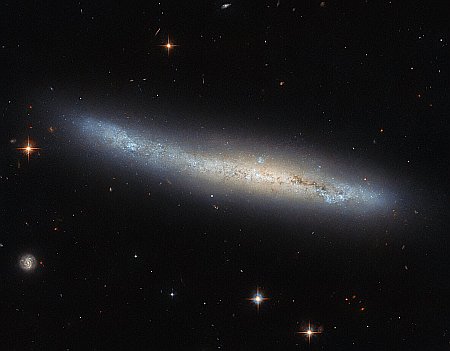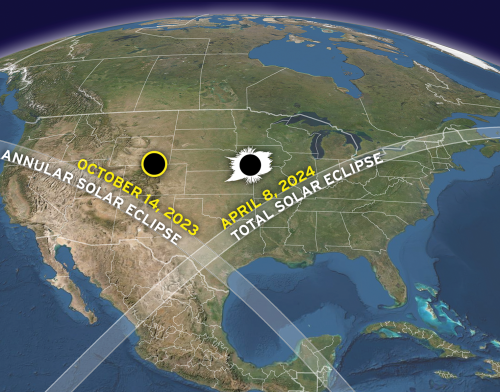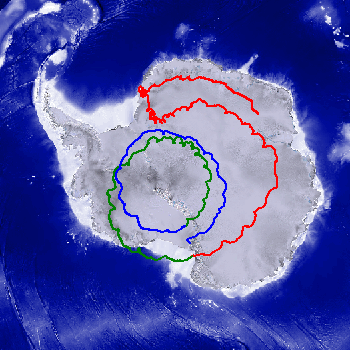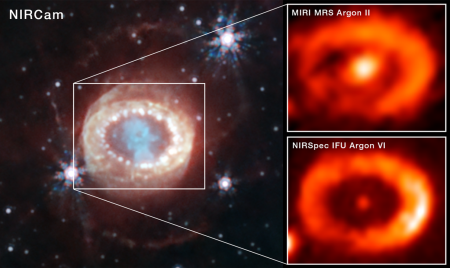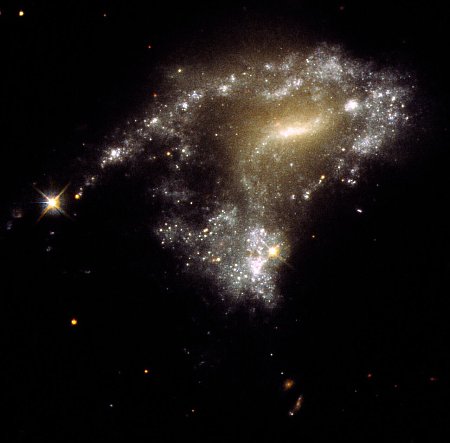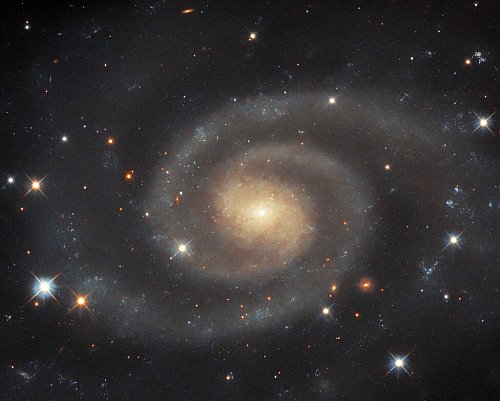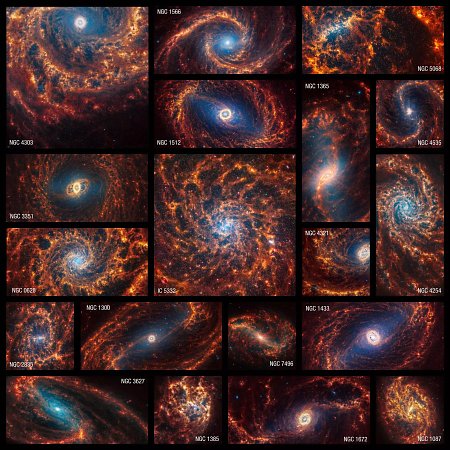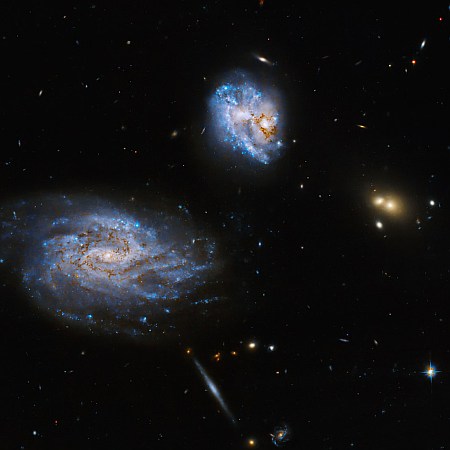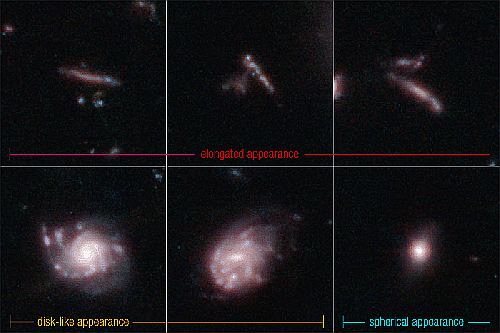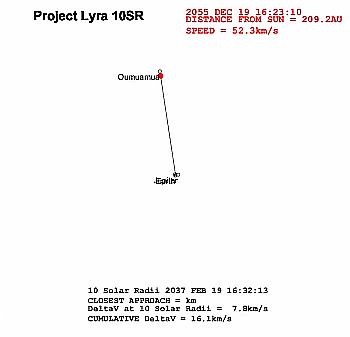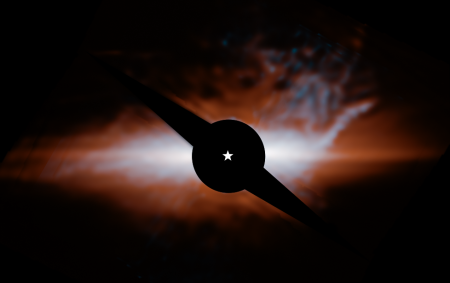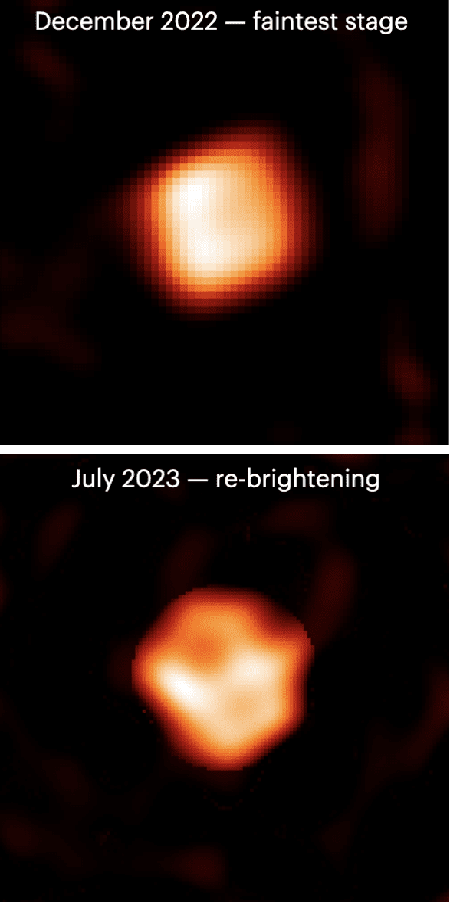Engineers resolve issue on IXPE space telescope
Engineers have resolved the issue on the IXPE (Imaging X-ray Polarimetry Explorer) space telescope that was jumbling the data it was sending to Earth, and expect to return it to full science operations shortly.
On March 26, using procedures developed following that previous interruption, the team initiated a spacecraft avionics reset to address the issue, which put IXPE into a planned safe mode. The team has confirmed that IXPE is once again transmitting valid telemetry data and is now working to resume science operations, in as rapid and safe a manner as possible. The spacecraft is in good health.
The “previous interruption” was in 2023. In both cases it appears that simply rebooting the telescope’s software fixed the problem.
Engineers have resolved the issue on the IXPE (Imaging X-ray Polarimetry Explorer) space telescope that was jumbling the data it was sending to Earth, and expect to return it to full science operations shortly.
On March 26, using procedures developed following that previous interruption, the team initiated a spacecraft avionics reset to address the issue, which put IXPE into a planned safe mode. The team has confirmed that IXPE is once again transmitting valid telemetry data and is now working to resume science operations, in as rapid and safe a manner as possible. The spacecraft is in good health.
The “previous interruption” was in 2023. In both cases it appears that simply rebooting the telescope’s software fixed the problem.

